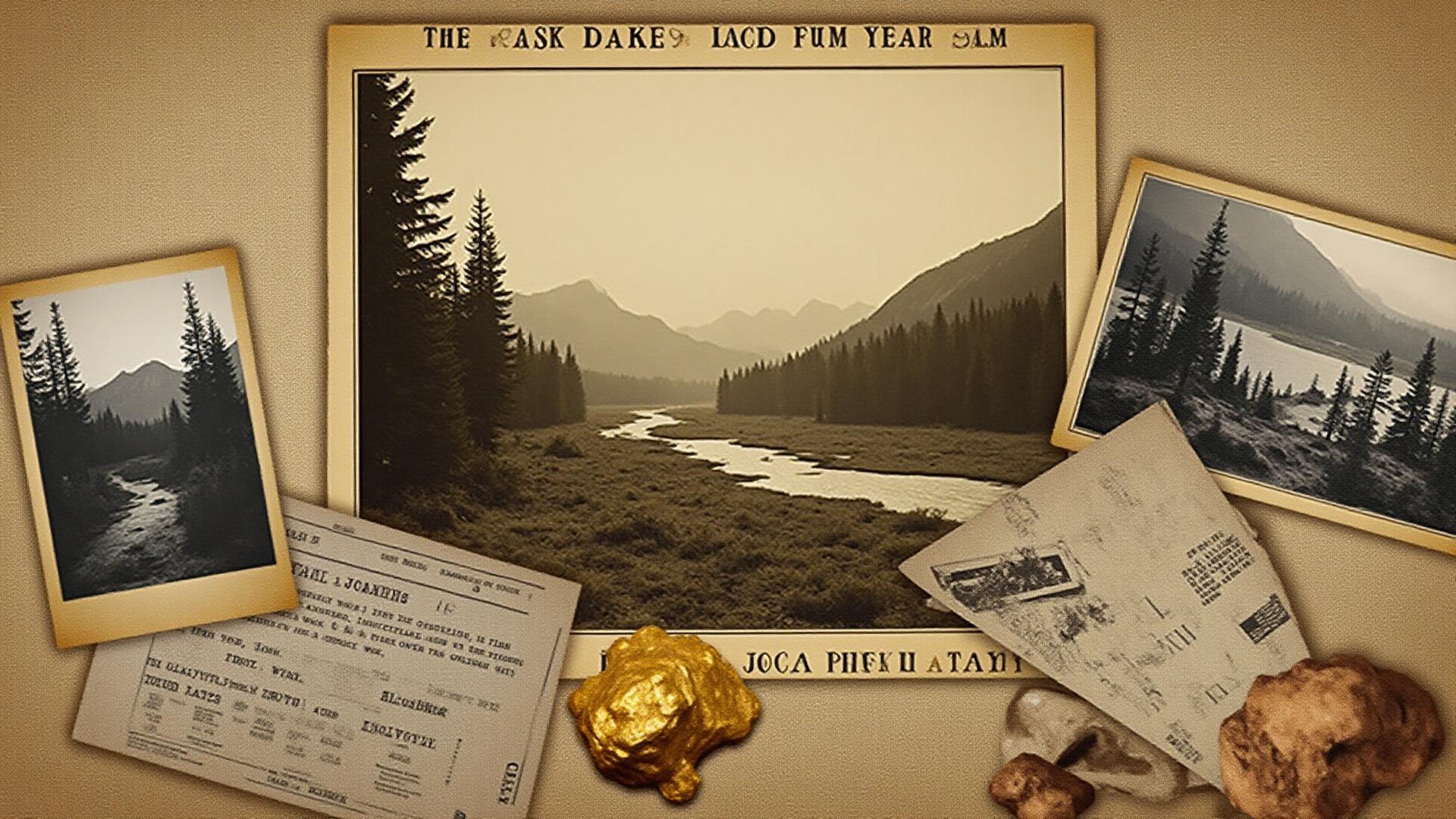Debunking Common Myths
❌ Myth: Everyone who went struck it rich
Reality: Most did not.
Only a small minority made significant profits. Of approximately 100,000 who set out, only 30,000-40,000 reached the goldfields, only about 4,000 found gold, and only a few hundred became truly wealthy. Many lost money or abandoned the enterprise, returning home poorer than when they left.
❌ Myth: A single white prospector made the discovery
Reality: Indigenous figures played central roles.
Skookum Jim, Tagish Charlie, and Kate Carmack were integral to the discovery. The choice to credit George Carmack officially was partly pragmatic—authorities were more likely to recognize a white man's claim. Historical evidence suggests Skookum Jim actually found the gold.
❌ Myth: The gold rush lasted decades
Reality: The intense stampede phase was brief.
The main rush lasted only about two to three years (1897-1899), though mining continued in reduced form. By the time most people heard about it and arrived, the best claims were already taken.
❌ Myth: The journey was an exciting adventure
Reality: It was brutal and deadly.
The trails claimed hundreds of lives. People died from avalanches, exposure, accidents, and disease. The iconic image of stampeders climbing the Chilkoot Pass shows exhausted people in a desperate struggle, not adventurous pioneers.
❌ Myth: Finding gold was mostly luck
Reality: It required geological knowledge and hard work.
Successful miners understood where gold accumulated, how to read terrain, and employed sophisticated techniques. The notion of lucky prospectors stumbling onto fortunes is largely fiction—though it did occasionally happen.
Surprising & Underappreciated Facts
📰 Butcher Paper Newspapers
In Dawson, newspapers were sometimes printed on butcher paper during winters when regular supplies ran out. Readers would receive their news on the same material used to wrap meat.
✨ Gold Dust Floors
So much gold dust was spilled in saloons that sweeping up floors could yield profit. Savvy saloon owners would carefully collect floor sweepings to recover gold.
🏛️ The Discovery Claim Still Exists
The original Discovery Claim remains defined and visible at Bonanza Creek, though heavily altered by mining. It's now a National Historic Site you can visit.
🎭 Sophisticated Culture
Despite frontier conditions, Dawson had legitimate theaters performing Shakespeare, libraries, and even an opera house. It wasn't just saloons and gambling halls.
🔥 Repeated Fires
After major fires in 1897, 1898, and 1899, abandoned cabins, machinery, pans, and refuse littered the valleys for years. The landscape was scarred by boom-and-bust.
👻 Ghost Towns
Skagway and Dyea dwindled after the rush. Skagway survives largely as a heritage tourism town; Dyea is mostly gone, with just archaeological remnants remaining.
🚂 Railway Built Too Late
The White Pass & Yukon Railway was completed in 1900—just as the rush ended. It made the journey easier but arrived when few people needed it anymore.
💎 Eldorado Was Richer
Eldorado Creek, a tributary of Bonanza, proved even richer than the original discovery site. Some claims there yielded over $1 million (in 1890s dollars).
📸 Extensively Photographed
The Klondike Gold Rush was one of the first major events extensively documented by photography, leaving us thousands of images that capture life in the goldfields.
🌡️ Extreme Temperatures
Winter temperatures regularly dropped below -40°F (-40°C), with the record being -69.4°F (-56.3°C). Miners worked in conditions that would kill unprotected humans in minutes.
👔 Strict Dress Codes
Despite rough conditions, many establishments maintained dress codes. Some theaters and dance halls required proper attire, and people made efforts to maintain Victorian standards.
💰 Gold Used as Currency
Gold dust was commonly used as currency in Dawson, weighed out for transactions. Merchants kept scales at their counters, and gold pouches were as common as wallets.
The Biggest Myth of All
Perhaps the biggest myth is that the Klondike Gold Rush was about gold. In reality, it was about hope—hope for a better life, hope for wealth, hope for adventure. The gold was just the excuse.
Most participants knew, deep down, that their chances were slim. But they went anyway, driven by a uniquely human desire to believe that fortune might smile on them. That's the real story of the Klondike: not about gold, but about what people will do when they dream.
